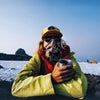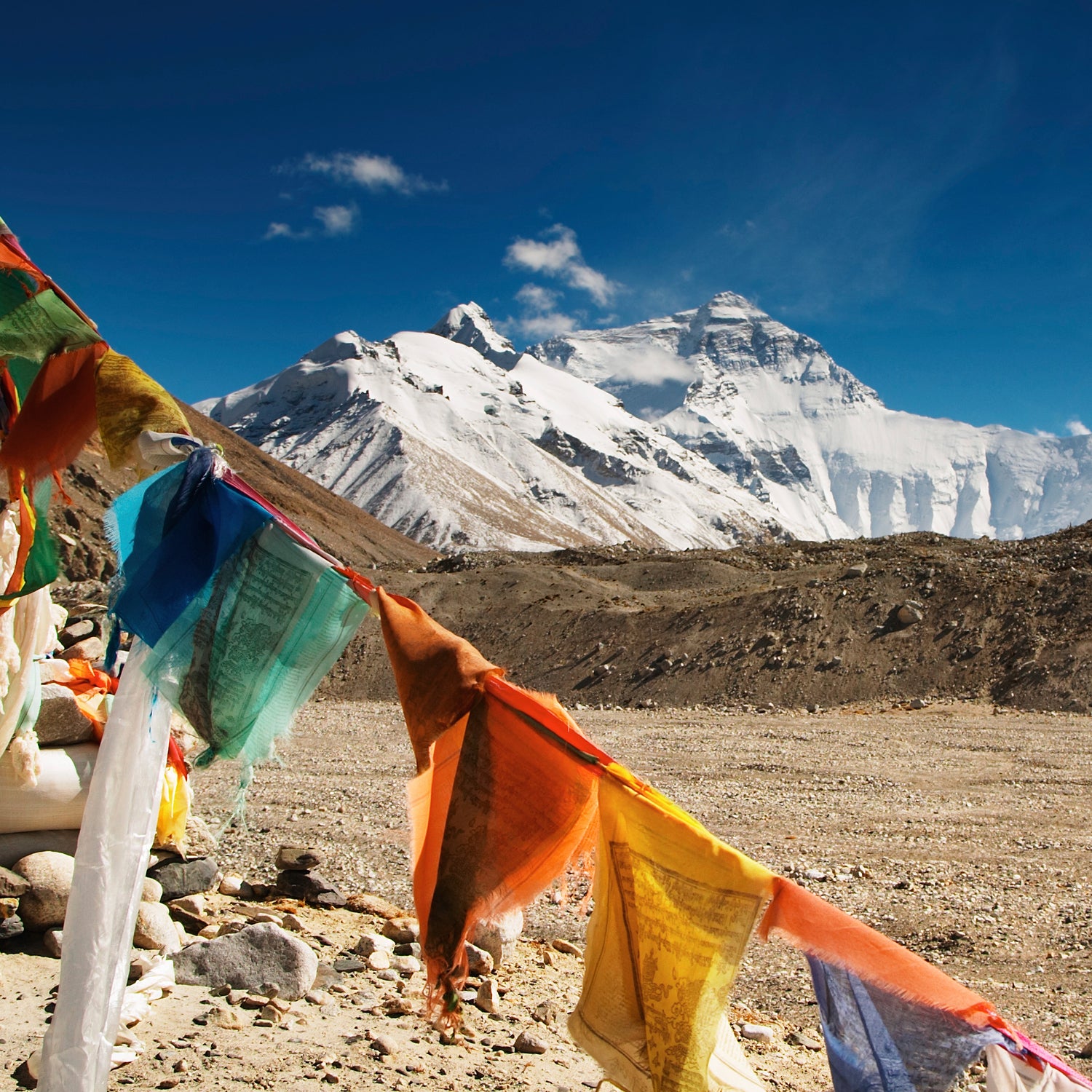Last year, after 16 Sherpas died in an avalanche on Everest, many predicted an end to commercial climbing on the mountain. They were wrong. But as climbers converge on Base Camp this April, these five questions are sure to generate controversy.
1. Is There a Safe Way Through the Icefall?
For the first 28 years of Everest exploration, starting in 1922, the Nepalese side of the mountain was off-limits; climbers launched their attempts from the Tibetan side. Once the Nepalese government opened the mountain to climbers, teams were stymied by the Khumbu Icefall, a treacherous corridor filled with huge, constantly shifting ice blocks, crevasses that appear without warning, collapsing seracs, and frequent avalanches.
In 1952, a Swiss team pioneered a route through, and a year later, Edmund Hillary and Tenzing Norgay used it to reach the summit. The Icefall has been part of the standard route ever since, though it remains a dangerous zone: 34 Sherpas and five Westerners have died there since 1963.
Each April, a group of eight Nepalis called the Icefall Doctors select the safest passage, an increasingly perilous job as climate change renders it ever more unstable. “There are no pros to these routes; they’re all cons,” says veteran guide . “Some just have fewer cons than others.”
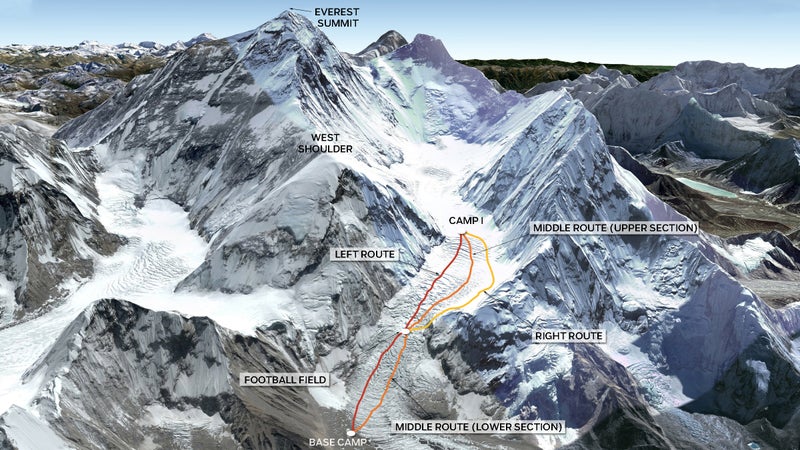
Left Route: The most direct path to Camp I and the one used last year, it once had a distinct advantage: a massive bergschrund—a gap between a glacier and a mountain—collected falling debris off the west shoulder, preventing it from reaching climbers. But the void has steadily filled with snow and ice, diminishing the buffer. Still, if the Icefall Doctors can’t find a way through the middle of the valley, they’ll likely opt for the left side.
Middle Route (Upper Section): To get between the towering 100-foot seracs—or to cross the area’s multiple crevasses—the Icefall Doctors link as many as eight ladders to bridge gaps. In 2014, they spent four unsuccessful days searching the area for a good route. (It was last used in 2001.) This year they hope to find one with the help of radar devices that can be mounted to a helicopter or dolly to create a moving map of the shifting terrain.
Right Route: The Icefall Doctors examine conditions here each year, but it’s rarely considered a viable option because it’s so open to the seracs that frequently fall from above. Otherwise, it’s similar to—but longer than—the upper middle route.
Middle Route (Lower Section): The fastest-moving part of the glacier, this area is extremely unstable. “It’s becoming river-like,” says guide . The Icefall Doctors will likely avoid it yet again this season.
Football Field: An anomaly on the Icefall: a relatively flat area at approximately 19,000 feet. “The question really comes down to where you go once you’re at the football field,” says Morton.
2. Is Alpinism on Everest Dead?
With paying clients clogging the summit queue, serious climbers face a narrowing window for their bold ascents—and descents
Kilian Jornet, 27
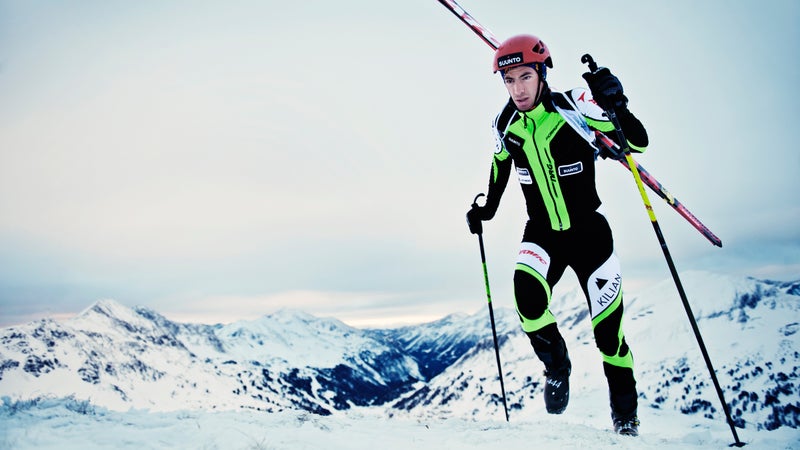
The Spanish ultrarunner has already made speed ascents of Denali and Aconcagua. This spring he’ll try Everest—without oxygen. He’s aiming to make the summit in under 20 hours.
Willie Benegas, 46, and Matt Moniz, 18
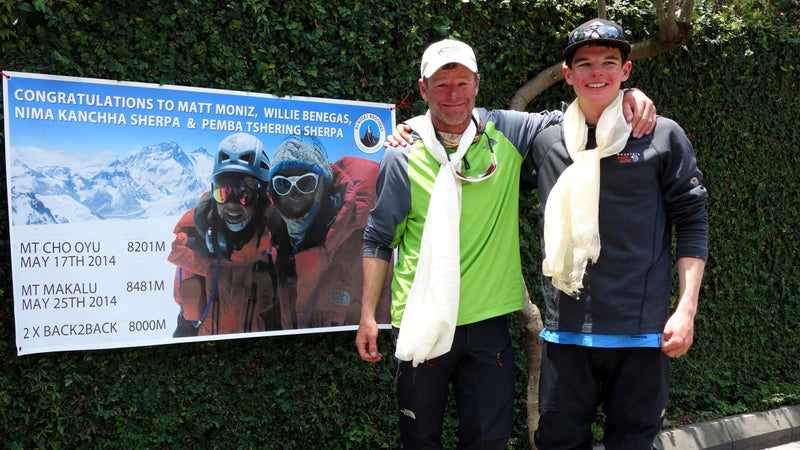
After last year’s avalanche, the two shelved their plans to try the . They’ll return this year to make another attempt.
Raphael Slawinski, 48
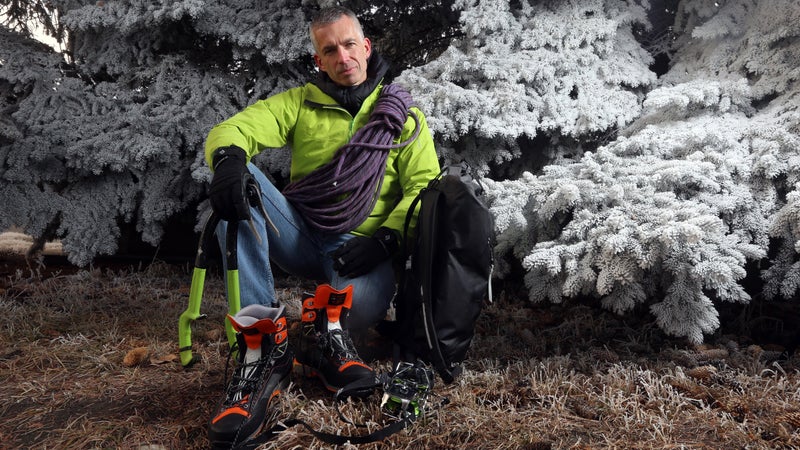
The has hopes of tackling a new route up the mountain’s northeast face, which has been successfully climbed only once, by a Russian team in 1996.
3. Is the North Side Safer?
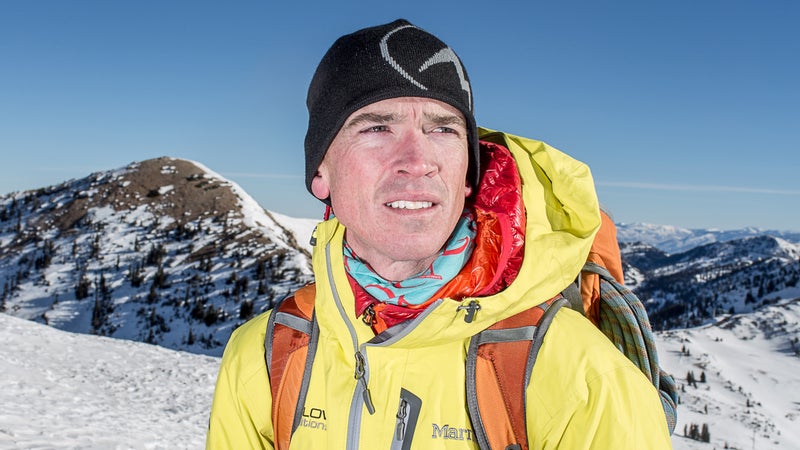
After last year’s avalanche, some predicted a migration to the Icefall-free northern side, but only one Western team made the switch: , led by Adrian Ballinger. Those who stayed claim that the ability to use helicopters for rescues and the proximity to hospitals outweigh the dangers. But Ballinger stands by his decision. “The things that go wrong on the north side are running out of oxygen or sitting down from exhaustion,” he says. “Sherpas don’t do that. They die in crevasses or avalanches.”
The north is more difficult, but Ballinger hopes to temper that by keeping his client count low (six climbers) and his staff-to-client ratio high, and bringing a full-time doctor. It’s an expensive endeavor—Ballinger is charging $79,000, compared with roughly $50,000 for a south-side climb—but he thinks it’s necessary. “The future of Everest needs to be on the north side,” he says. “It’s the only ethical way of running this business.”
4. Will Veteran Sherpas Refuse to Climb?
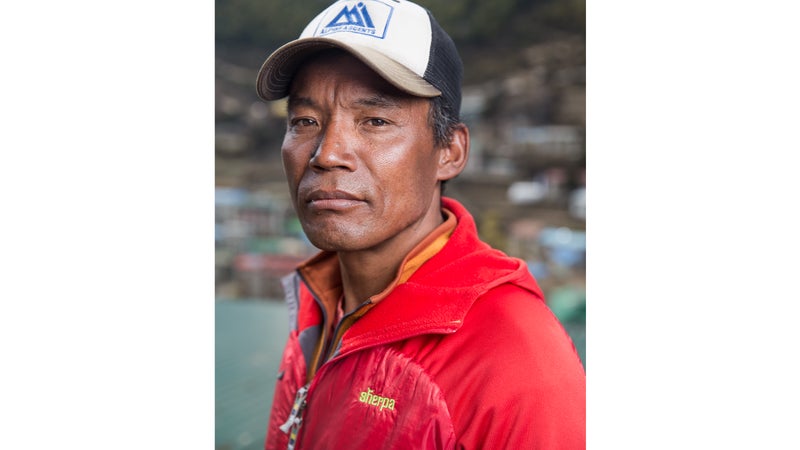
Outfitters have had no problem hiring Sherpas. (The job pays ten times the average annual salary in Nepal.) But those with experience and clout—including the sirdars for and —are opting to manage Base Camp, join expeditions on the north side, or stay home. Why? To avoid the Icefall. “Something happened inside me when I dealt with the dead bodies after the 2014 avalanche,” says Lakpa Rita, Alpine’s longtime sirdar. “Every time I go back, I remember all the moments that I don’t want to remember.”
5. Should Helicopters Ferry Gear to Camp I?
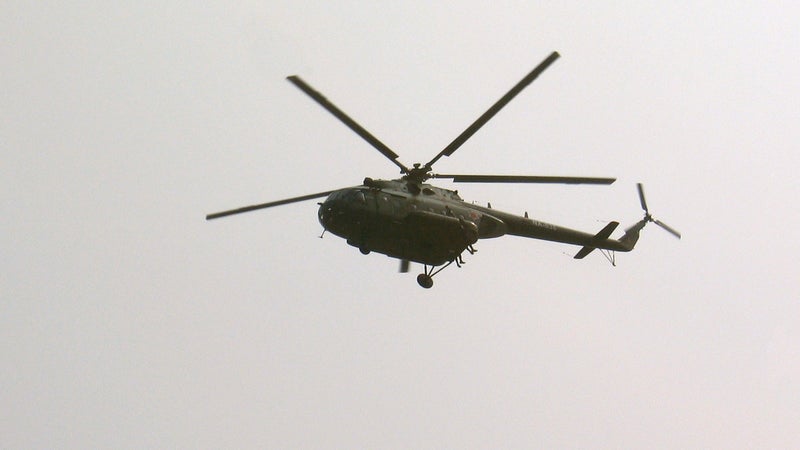
One way to reduce the risk that Sherpas face in the Icefall: airlift equipment to Camp I instead of having them carry it. Russell Brice, owner of , has advocated this approach since 2013, but the Nepalese government has yet to grant permission. Meanwhile, some guides, including 15-time summiter Dave Hahn, oppose heli-assisted ascents on principle; others worry that a helicopter crash on a crowded mountain could be disastrous. Does the benefit to Sherpas negate these concerns? We calculated the cost of transporting 9,000 pounds of gear—enough for 12 clients—using each method.
By Sherpa: 220 Icefall trips costing $7,150*
By helicopter: 21 trips costing $42,000
*Cost assumes 20 Sherpas, each making 11 trips and earning approximately $32.50 per trip.

